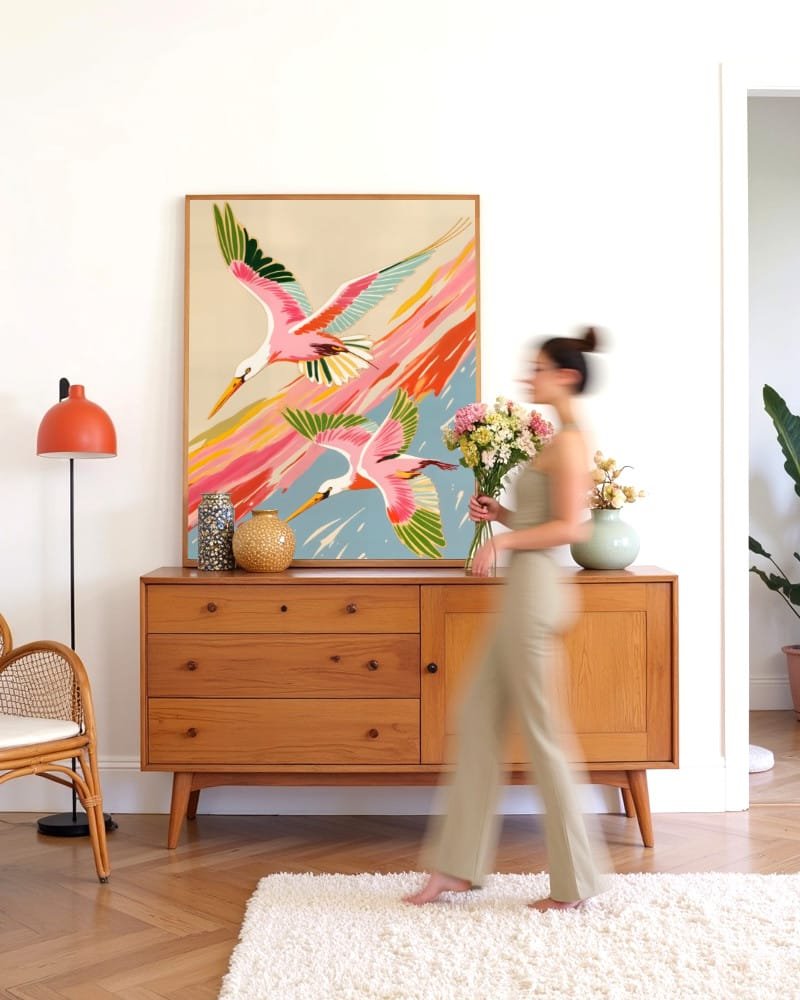In a world where artistic expression often seeks to fit into predefined categories, eclectic art stands out as a vibrant celebration of diversity and individuality. This genre defies conventional labeling, blending styles, mediums, and influences to create unique works that reflect the complexity of contemporary life. In this blog post, I’ll explore the essence of my eclectic art, its significance, and how it challenges our understanding of creativity.
What is Eclectic Art?
Eclectic art is characterized by its diverse influences and the fusion of various artistic styles and mediums. It draws inspiration from a wide range of sources, including different cultures, historical periods, and artistic movements. As an artist, this approach allows me to break free from traditional constraints, resulting in works that are rich in texture, color, and meaning.
Key Characteristics of Eclectic Art
- Diverse Influences: I often draw inspiration from multiple sources, incorporating elements from various cultures, art movements, and personal experiences. This blending of influences creates a rich tapestry of ideas and aesthetics.
- Mixing Mediums: My eclectic work frequently combines different mediums, such as painting, sculpture, collage, and digital art. This experimentation with materials allows me to explore new possibilities and push the boundaries of traditional art forms.
- Personal Expression: At its core, my art is a reflection of my individuality. It often conveys personal narratives, emotions, and experiences, inviting viewers to connect with the work on a deeper level.
- Fluidity and Adaptability: Eclectic art is inherently fluid, allowing me to adapt and evolve my style over time. This adaptability reflects the dynamic nature of contemporary culture and the ever-changing landscape of artistic expression.
Notable Examples of Eclectic Art
- Jean-Michel Basquiat: A prominent figure in the Neo-Expressionist movement, Basquiat’s work is a powerful example of eclectic art. He combined elements of street art, African American culture, and abstract expressionism, creating pieces that are both visually striking and socially relevant.
- Yayoi Kusama: Known for her immersive installations and polka dot motifs, Kusama’s work blends elements of pop art, surrealism, and minimalism. Her eclectic approach invites viewers into a world of vibrant colors and patterns, challenging perceptions of reality.
- David Hockney: Hockney’s diverse body of work spans painting, photography, and digital art. His ability to blend traditional techniques with modern technology exemplifies the eclectic spirit, as he continually reinvents his artistic practice.
- Kara Walker: Walker’s work often combines historical references, silhouettes, and contemporary themes to explore issues of race, gender, and identity. Her eclectic style challenges viewers to confront uncomfortable truths while engaging with the complexities of American history.
The Significance of Eclectic Art
Eclectic art holds a vital place in contemporary culture for several reasons:
- Celebration of Diversity: By embracing a wide range of influences and styles, eclectic art reflects the richness of human experience. It acknowledges that creativity is not confined to a single narrative or aesthetic, but rather thrives in diversity.
- Encouragement of Innovation: The fusion of different artistic elements encourages experimentation and innovation. As an eclectic artist, I’m free to explore new ideas and techniques, leading to groundbreaking works that challenge traditional norms.
- Fostering Connection: Eclectic art often resonates with a broad audience, as it draws from familiar cultural references and personal experiences. This ability to connect with viewers on multiple levels enhances the impact of the work.
- Challenging Conventions: By defying traditional labels, eclectic art challenges the notion of what art should be. It invites viewers to question their assumptions and engage with the work in a more open-minded and exploratory manner.
Conclusion
Eclectic art that defies labeling is a vibrant celebration of creativity in its most diverse form. By blending styles, mediums, and influences, it invites us to explore the richness of human expression and the complexities of contemporary life. As we navigate an increasingly interconnected world, let us embrace the possibilities that eclectic art offers, recognizing that the most profound artistic experiences often lie beyond the confines of traditional categories.
In this dynamic landscape, eclectic art not only challenges our understanding of creativity but also enriches our cultural dialogue, reminding us that art is a living, breathing entity that thrives on diversity, innovation, and personal expression. Whether through bold paintings, intricate sculptures, or immersive installations, eclectic art continues to inspire, provoke, and transform, inviting us to engage with the world in new and meaningful ways.

